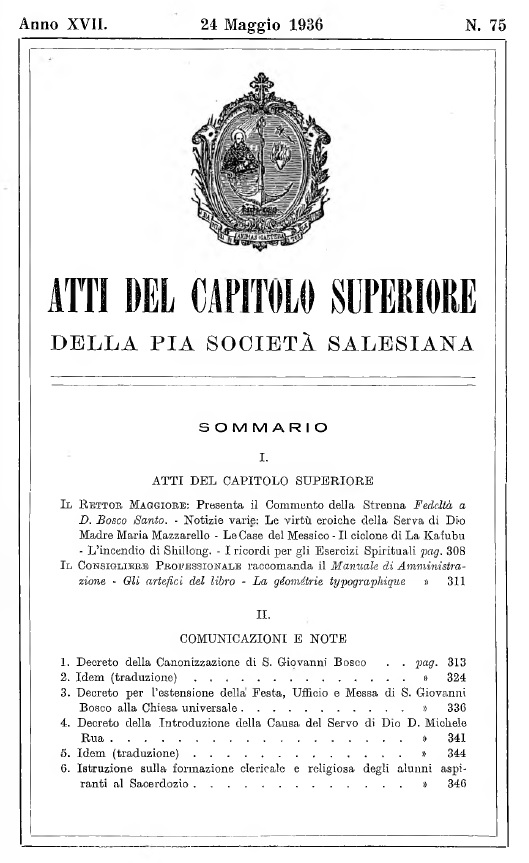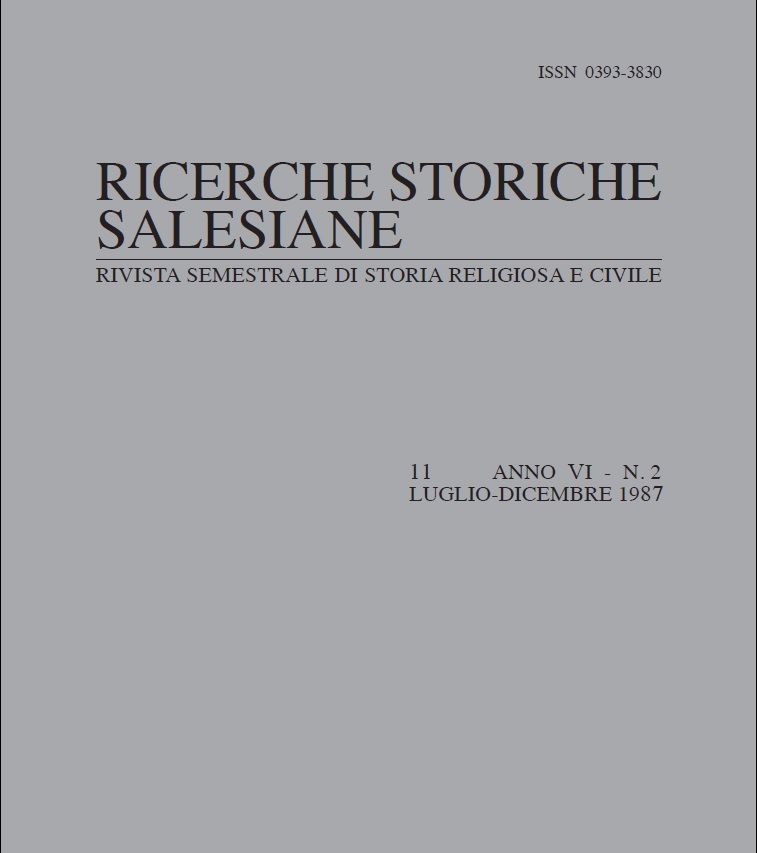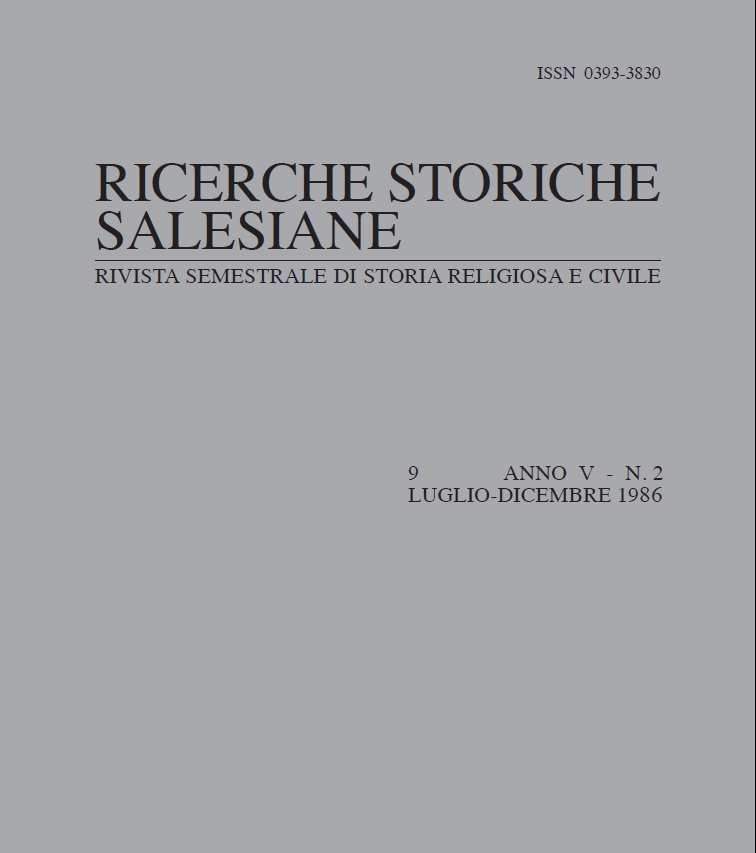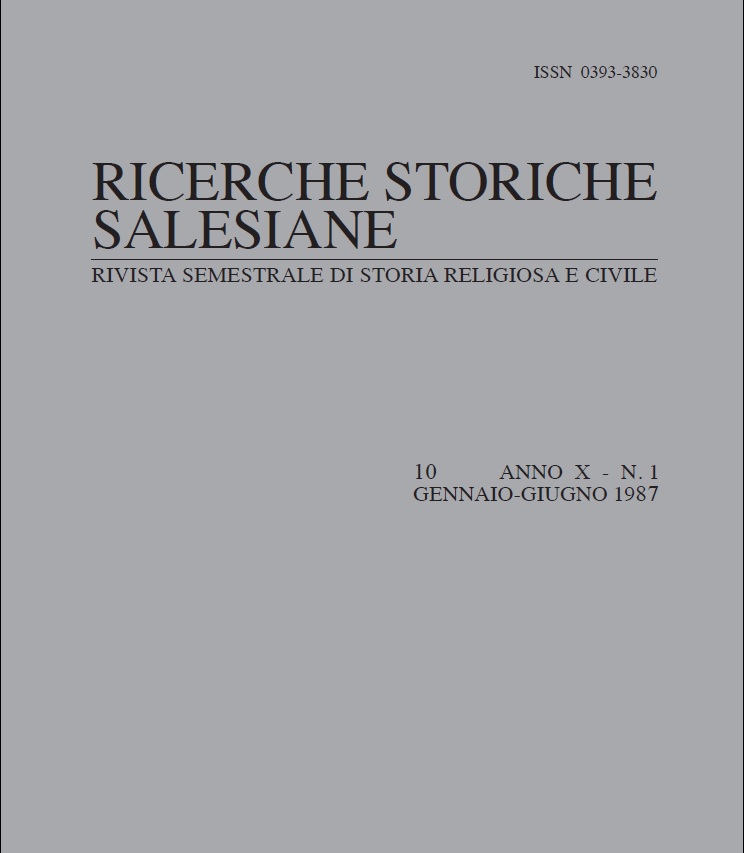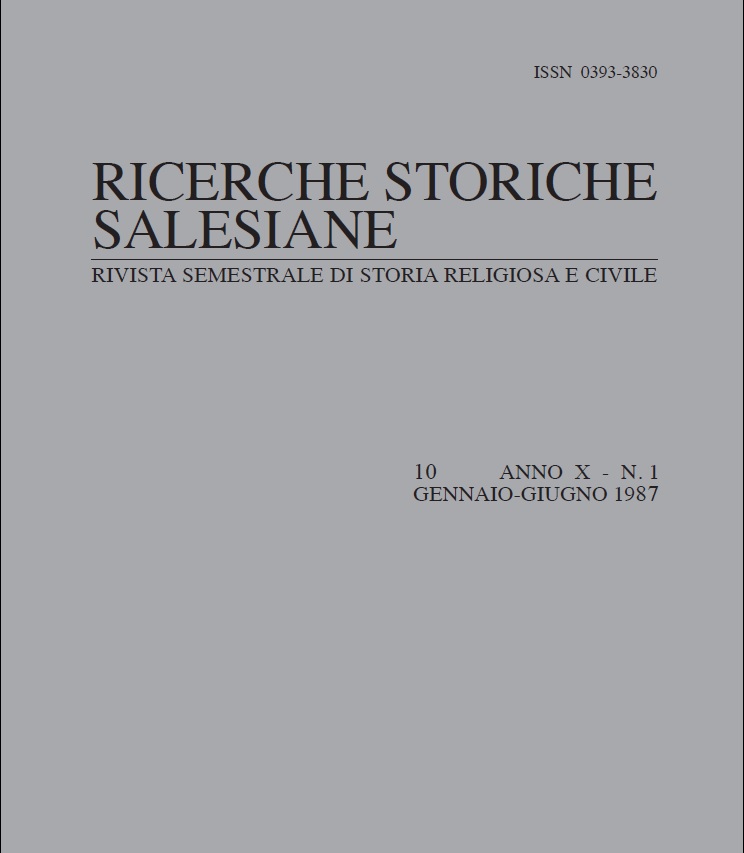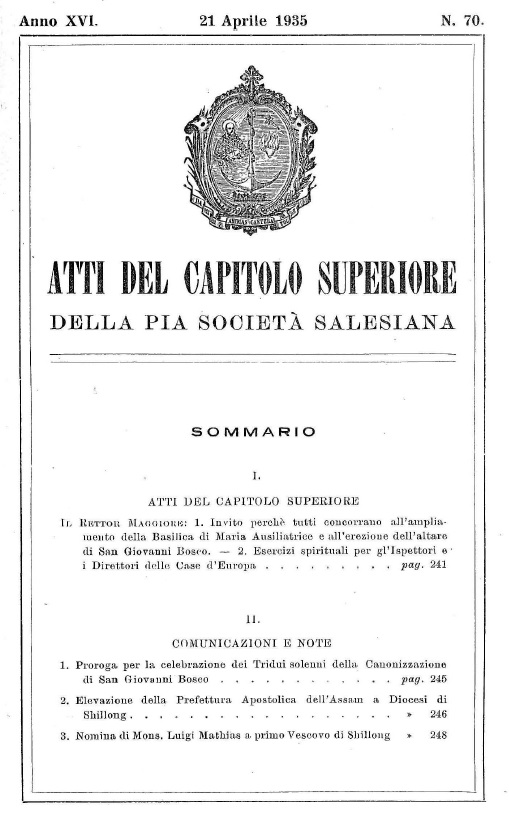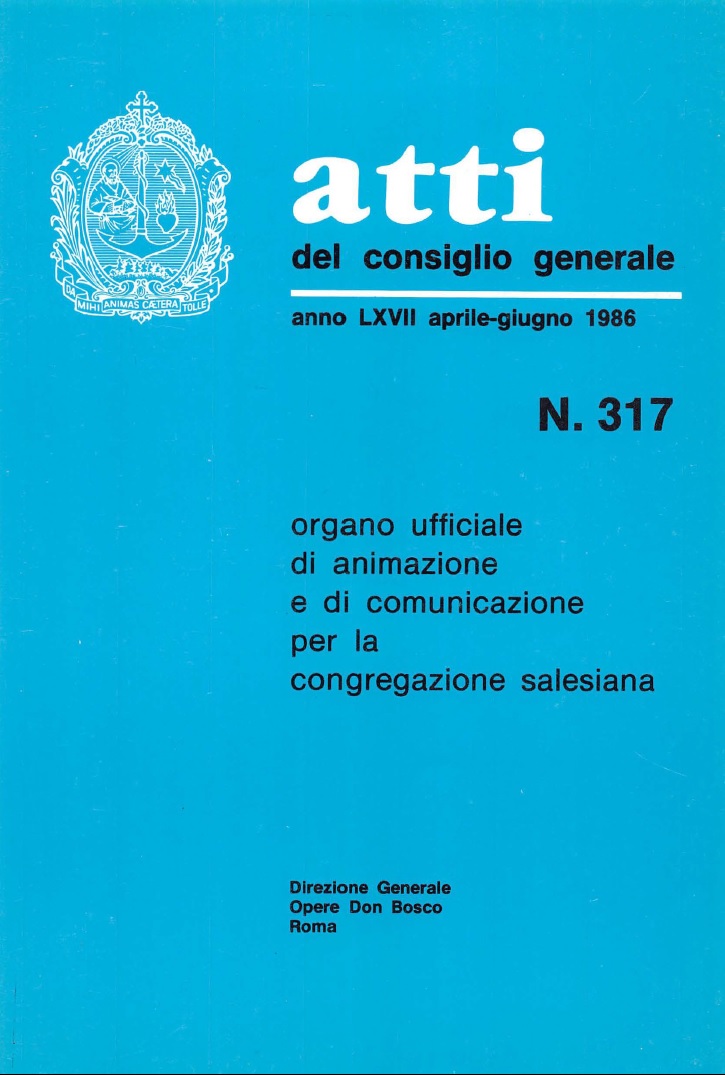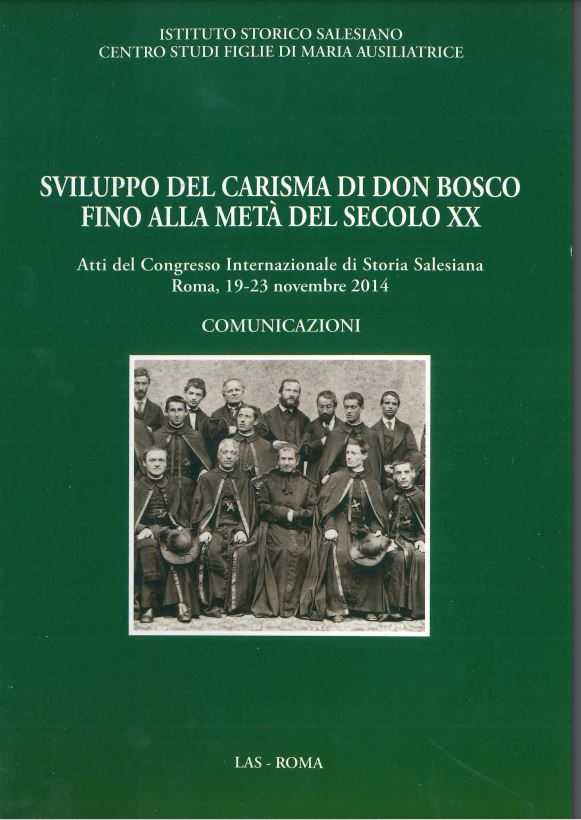Nel giorno della Festa del nostro Santo Fondatore, il Commento alla Strenna: Fedeltà a Don Bosco Santo. Don Ricaldone è lieto di comunicare il felice esito della Congregazione Generale sulle virtù eroiche della Serva di Dio Madre Maria Mazzarello, prima Superiora dell’Istituto delle Figlie di Maria Ausiliatrice fondate dal nostro Padre San Giovanni Bosco. Il 3 del prossimo maggio vi sarà la lettura del Decreto alla presenza del Santo Padre. Continue reading “Pietro Ricaldone – “Lettera del Rettor Maggiore” in “Atti del Capitolo Superiore””
